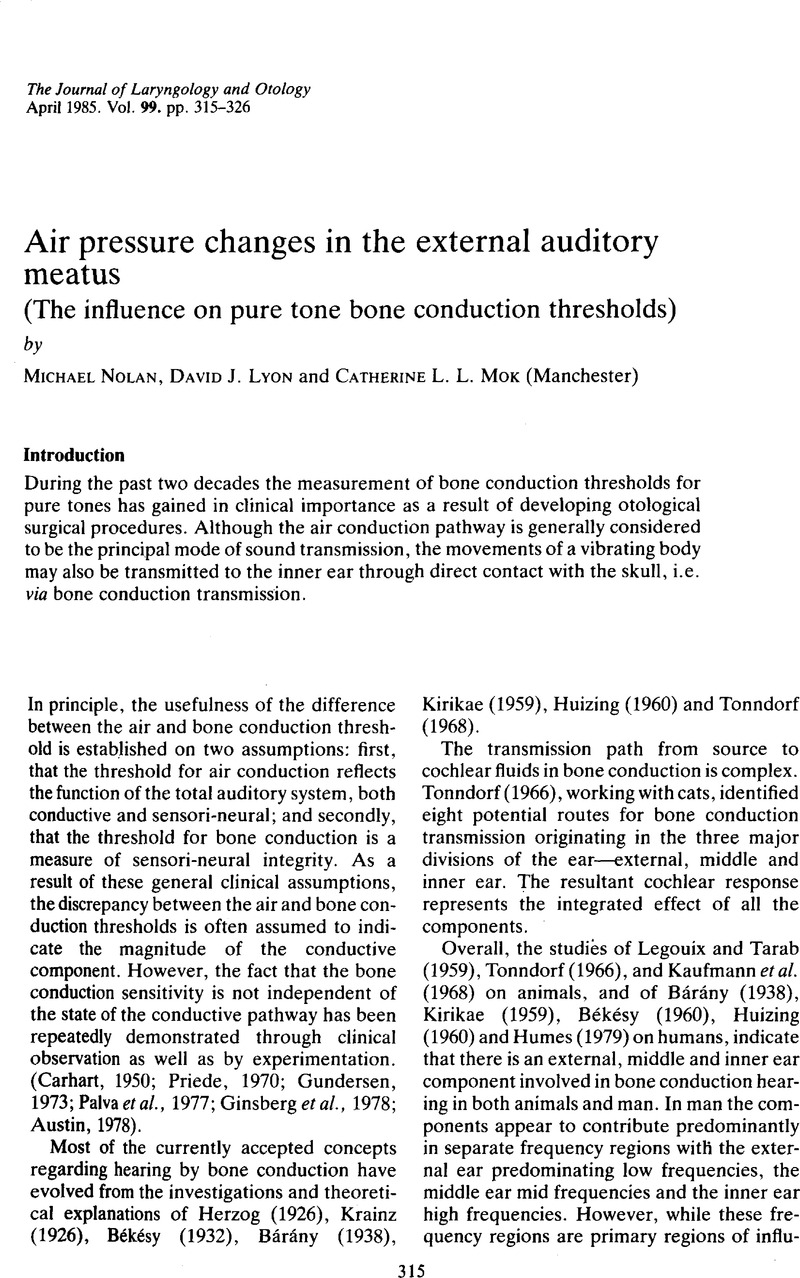Crossref Citations
This article has been cited by the following publications. This list is generated based on data provided by Crossref.
Funai, Hiroaki
and
Tajima, Bunji
1996.
Auditory Threshold Shift Following Meatal Pressure Change in Ossicular Disorders.
Auris Nasus Larynx,
Vol. 23,
Issue. 1,
p.
33.
Stenfelt, Stefan
2013.
The Middle Ear.
p.
135.



